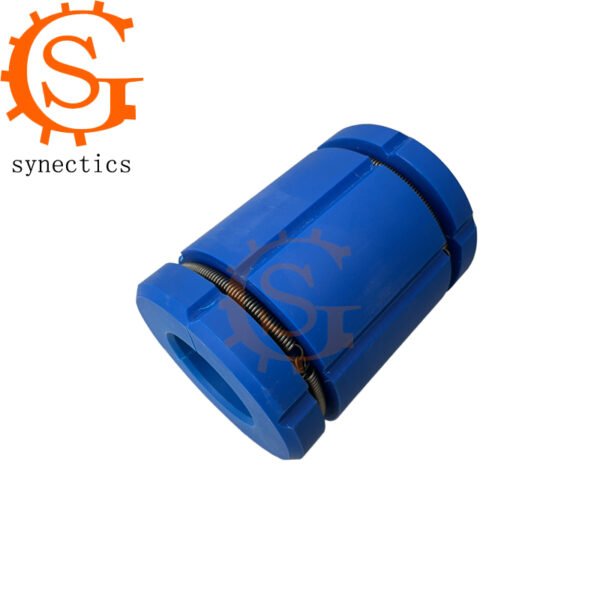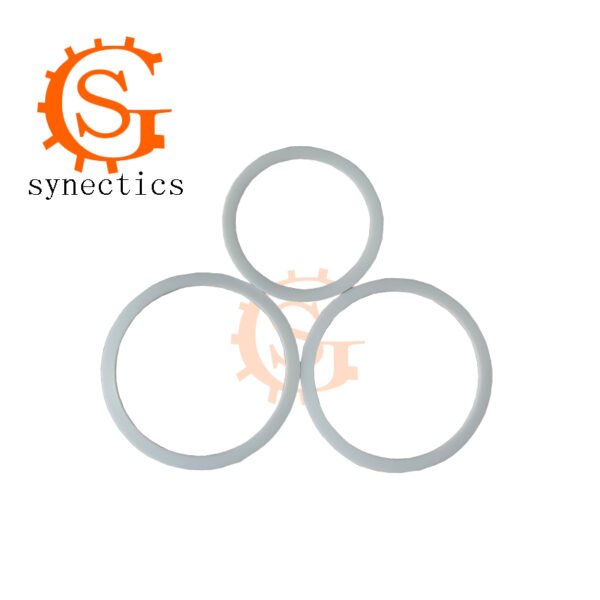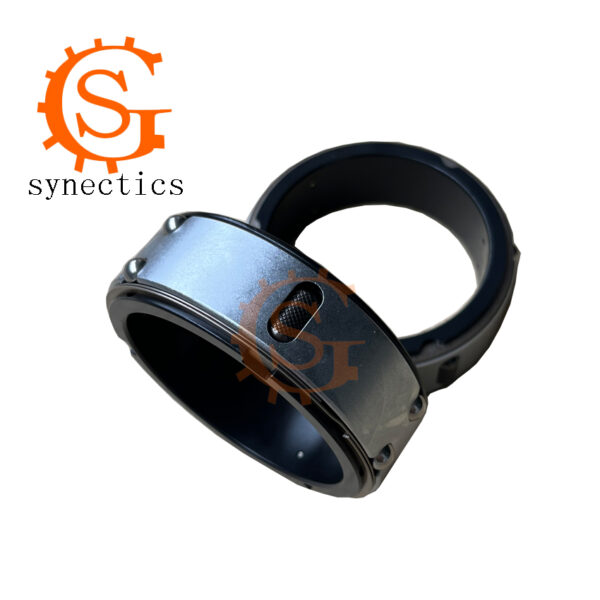Choosing the friction rings (also known as clutch plates or friction discs) for a differential shaft involves several considerations to ensure optimal performance and longevity of the drivetrain. Here are the steps and factors to consider when selecting friction rings for a differential shaft:
1. Vehicle Application:
– Determine the make, model, and year of the vehicle to ensure compatibility.
– Identify the type of differential (open, limited-slip, or locking) and its specific requirements.
2. Load and Torque Requirements:
– Assess the power and torque output of the engine to determine the strength and durability needed in the friction rings.
– Consider the vehicle’s weight and intended use (street driving, racing, off-roading) as this will affect the load on the differential.
3. Material and Construction:
– Friction rings are made from various materials such as steel, copper, or composite materials. Choose a material that suits the application’s heat and wear resistance needs.
– Look for features like spring-loaded hubs, which can help maintain consistent pressure on the friction material.
4. Friction Coefficient:
– The friction coefficient of the material determines the grip and slip characteristics. A higher coefficient provides more grip but can lead to increased heat and wear.
– The right balance must be struck between grip and the ability to allow some slip to prevent binding or overheating.
5. Size and Fitment:
– Measure the diameter and thickness of the existing friction rings or refer to the manufacturer’s specifications for the correct size.
– Ensure that the new friction rings fit properly within the differential housing and engage correctly with the other components.
Key type quick lock ring sizes:(OD*ID*Width)mm Φ75*Φ50*10mm; Φ75*Φ50*15mm; Φ75*Φ50*20mm; Φ75*Φ50*30mm; Φ75*Φ50*37mm; Φ75*Φ55*50mm.
6. Quality and Reliability:
– Choose reputable brands known for producing high-quality components.
– Look for reviews or recommendations from other users or professionals who have experience with similar setups.
7. Lubrication:
– Consider the type of lubricant used in the differential, as it can affect the performance and life of the friction rings.
8. Replacement Interva:
– Some friction rings may have a service life that is shorter than other differential components. Plan for regular maintenance and replacement intervals based on the manufacturer’s recommendations and the vehicle’s usage.
9. Performance Goals:
– If the vehicle is being modified for increased performance, the friction rings may need to be upgraded to handle the additional power and torque.
10. Professional Advice:
– Consult with a drivetrain specialist or the vehicle manufacturer for specific recommendations.
– If in doubt, a professional can help you select the right friction rings for your differential shaft.
By carefully considering these factors, you can choose the appropriate friction rings that will ensure the differential operates smoothly and efficiently under all driving conditions.









No comment